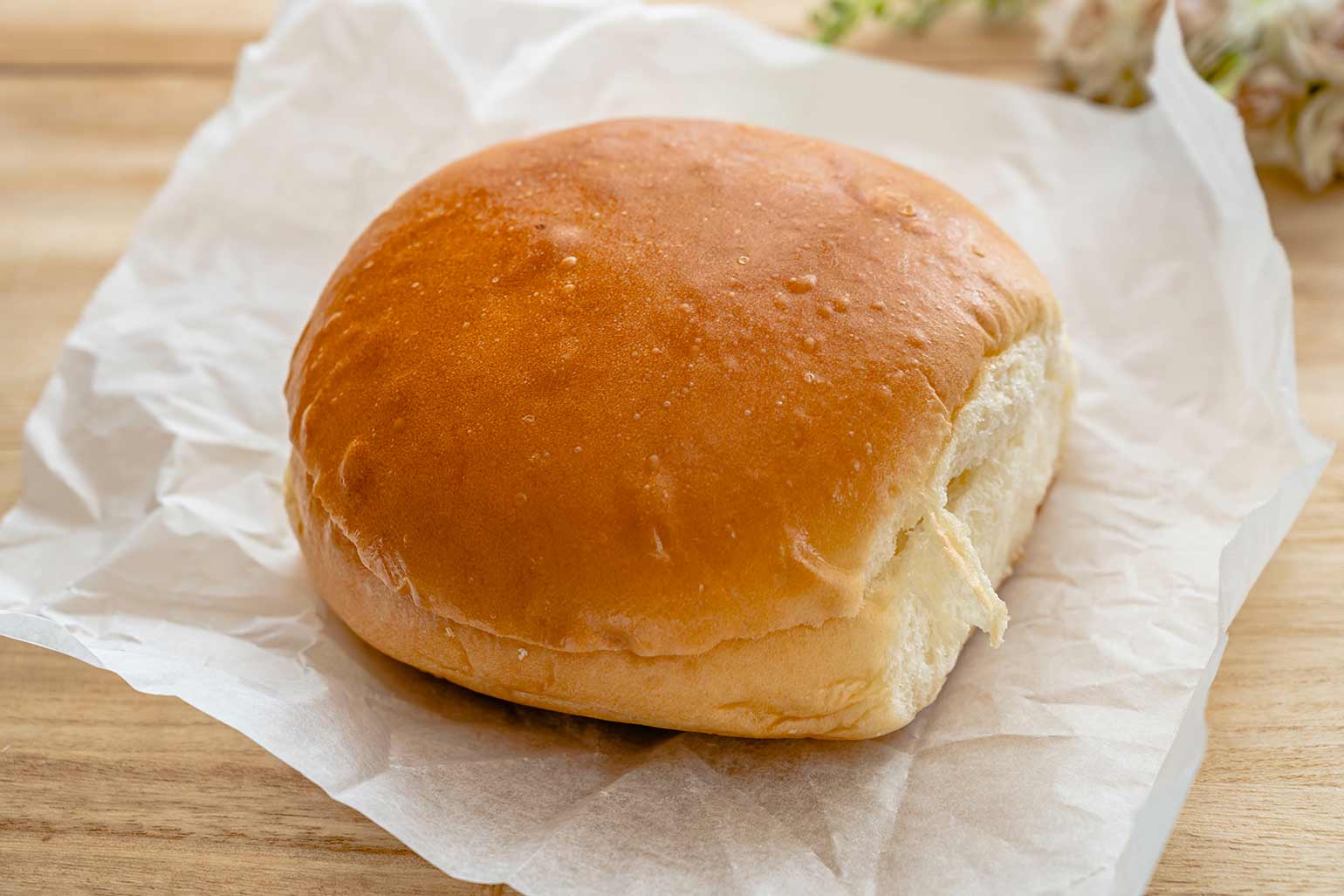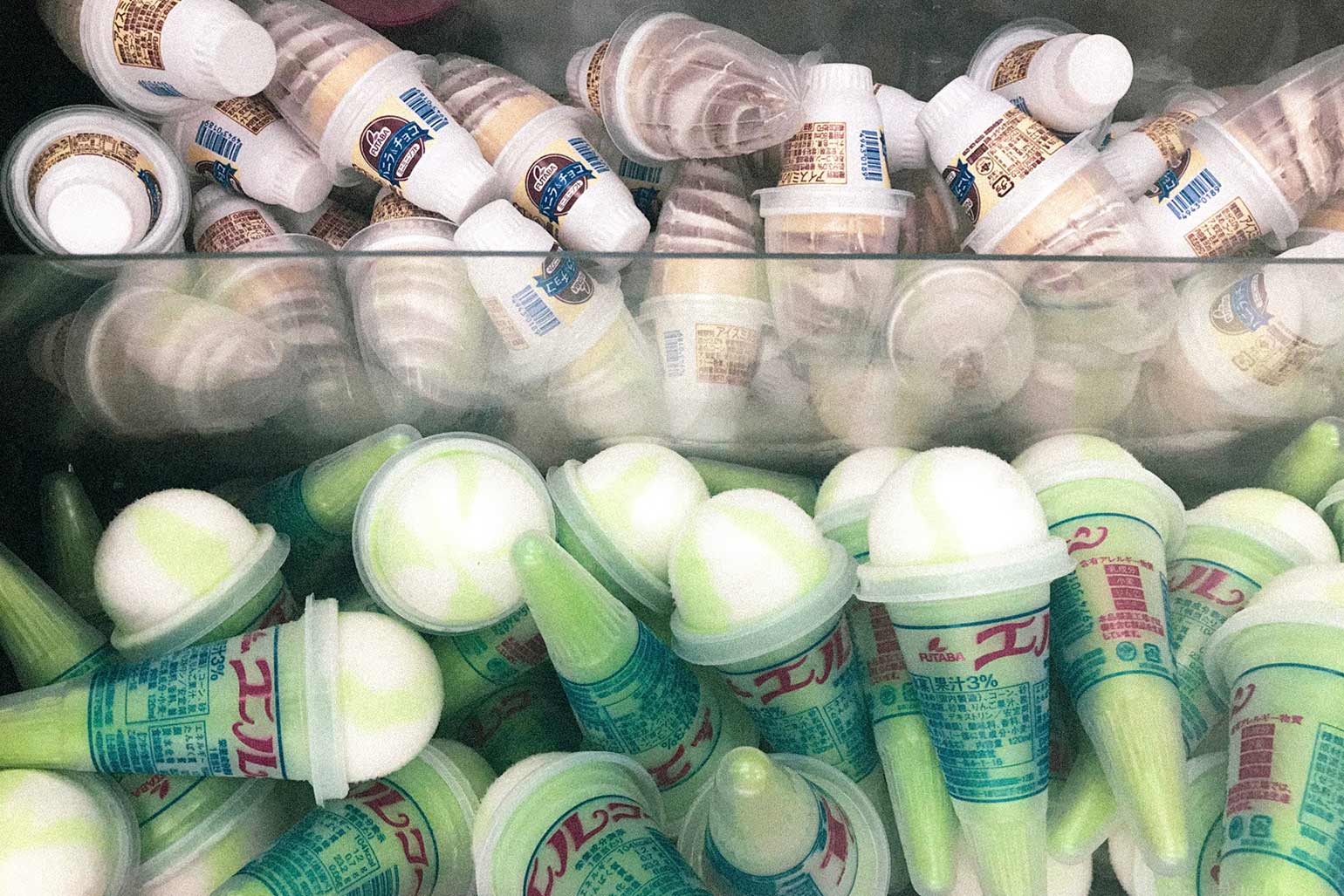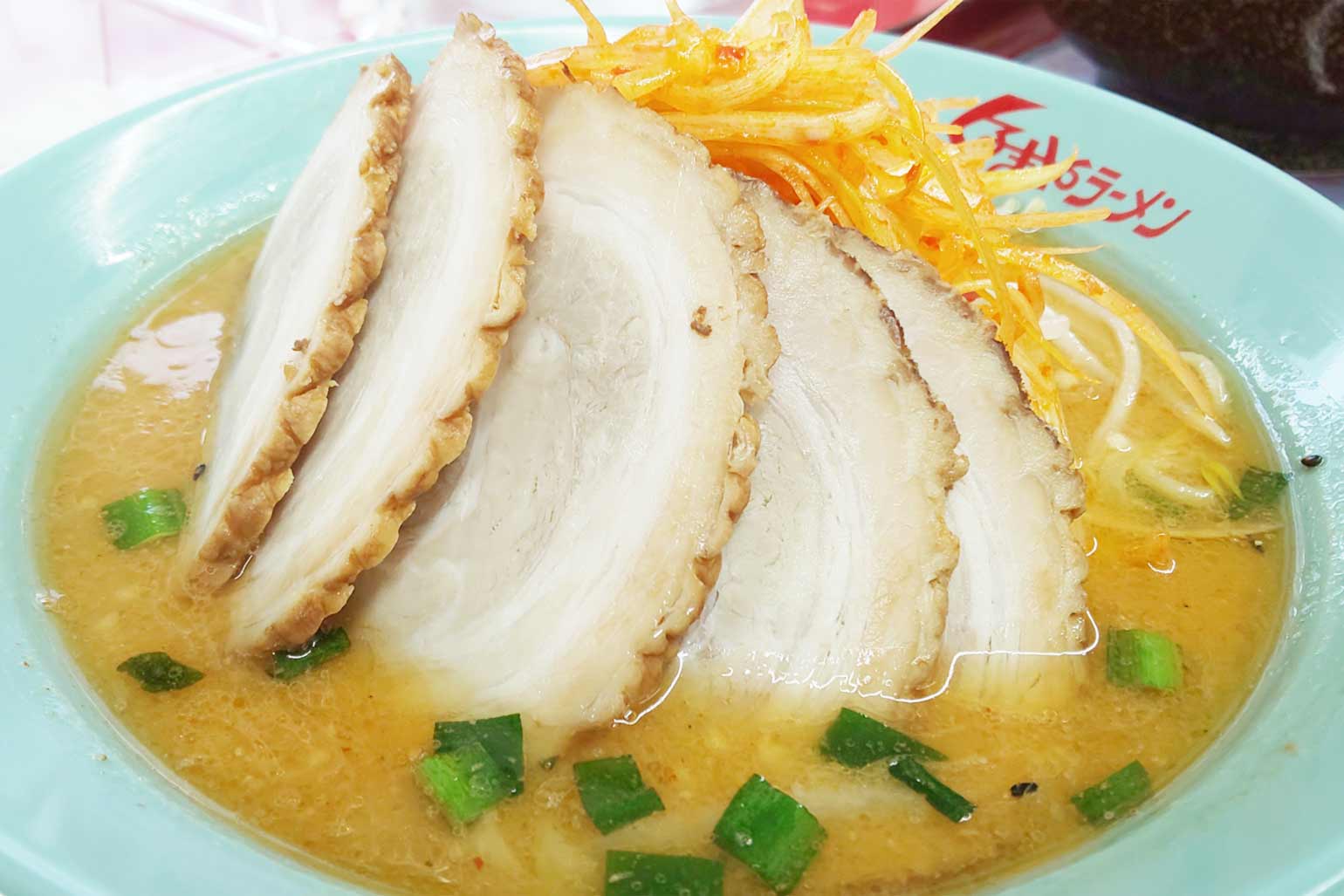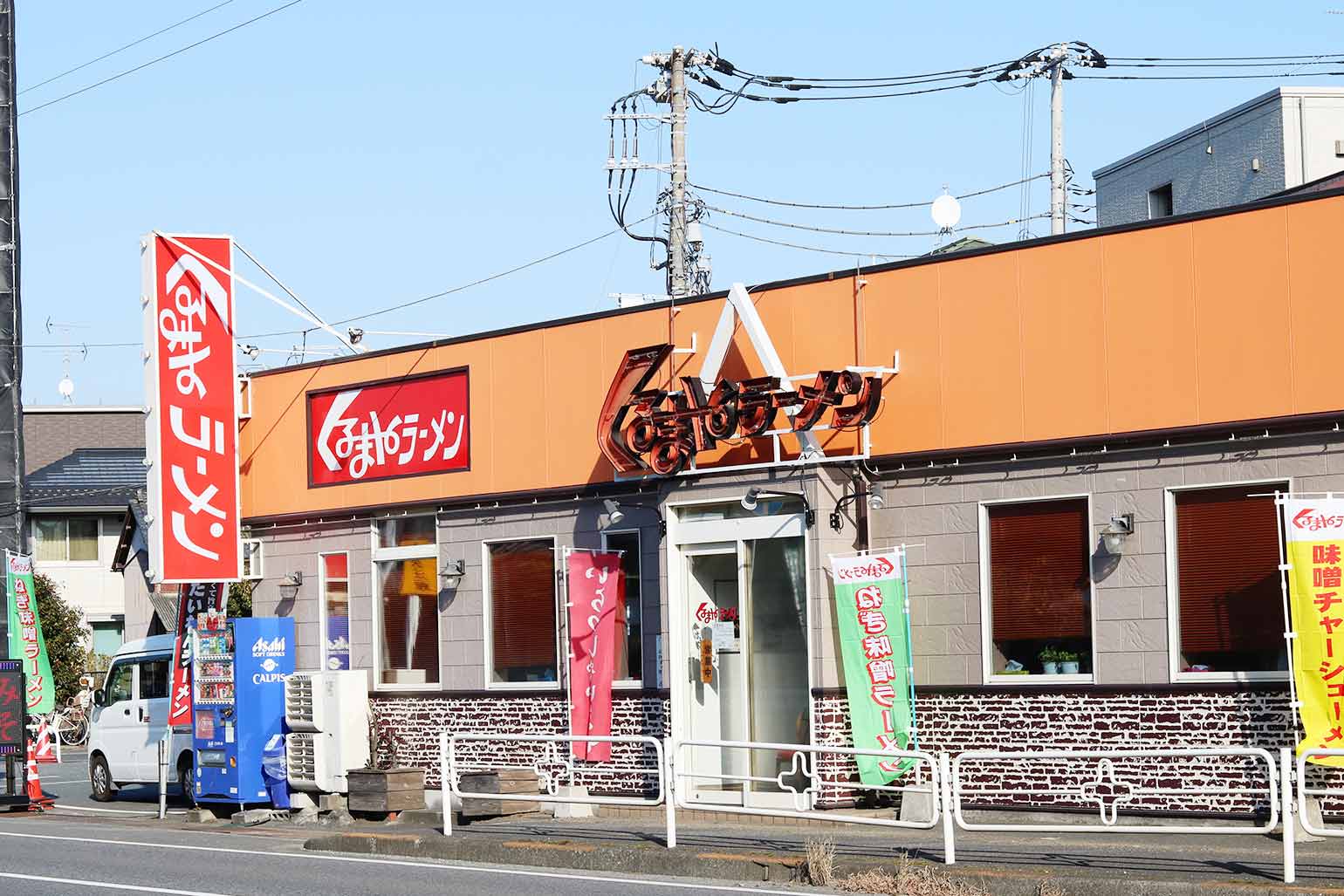When traveling, people will still like to enjoy food and dishes that are unique to the country / region they are visiting. If you come to Japan from overseas, you may enjoy Japanese food such as sushi, tempura, sashimi, noodle dishes such as ramen, and flour dishes such as takoyaki and okonomiyaki, right? For first-time visitors to Japan, it would be good to enjoy such major Japanese gourmet foods, but for those who have already been to Japan several times or are staying for a long period of time, we would like you to enjoy a gourmet experience that goes one or two steps further. In fact, those experiences may be considered gourmet experiences that even we Japanese have yet to fully enjoy. The local gourmet that we introduce in this article can be described as such a gourmet experience. Oh, and by the way… they are not the kind of specialties that use local specialties and products of each region. These are products whose area of commercial availability is limited to the locality or region in which they are sold, or dishes and food products from restaurants that do not have a national presence. In Japan, these local dishes and foods have recently experienced another major boom for the umpteenth time. The main reason for the increase is that individuals can now easily transmit / collect information via SNS, etc., which has increased opportunities to learn about local / regional gourmet information that was previously known only to the people in each region or area. It is also said that the Corona disaster a while ago has made people more proactive in disseminating / gathering such information. Of course, while some of these local dishes and foods are made from local products and specialties, some of them are simply limited to the areas where they are sold by the companies that carry them. What they all have in common is that they are widely recognized by people living in the region or area, while outside of that area, they are often little known. It is quite common for people living in a region or area to assume for many years that the product is available nationwide, when in fact it is not. In recent years, more and more fairs have been held in urban areas to introduce such products, and there are also more opportunities for these products to be introduced at local antenna stores and the like. This has increased the number of times we become aware of these products for the first time. Because of these factors, these products might have a unique appeal that makes us feel even more some kinds of “limited” or “special”. It has been featured in the media more and more, and is now sold in a limited number of antenna stores, making it easier to experience than ever before. If you are interested, we would like to have you try them out. In the following, we would like to share some of them with you.
The Local Breads


Japanese people love sweet breads / cooked breads. Even bakery stores have a very wide variety of breads. Because of that, there are many “the Local Breads” that are only available in a particular region or area. It may be said to be the spark that ignited the boom of the local dishes and foods in recent years. These breads are often sold only in each prefecture or in a small area of each prefecture and some of its neighboring prefectures. They are also more affordable as well, the price are usually about what an elementary or junior high school student could afford to buy and eat on a daily basis. As a result of being familiar with it since childhood, it often has become a local comfort food /speciality for the people living in the distribution area. However, few of them have such characteristics, such as local or regional specialties or specialties being used as ingredients. Perhaps this is why we often learn that they are, in fact, “the local breads” only after seeing or hearing media information or when someone from another area points it out to us. In recent years, prompted by the local dishes and foods boom, many new local breads have been created to promote local specialties. Some of these breads may become new the local breads in the future and become widely known as the local comfort foods or specialities in the areas.
The Local Candies / The Local Icecream

Although most of them are gone now, there were many “dagashiya” shops in Japan in the early postwar period. “Dagashiya” was a candy shop that sold low-priced candies (they are called “dagashi” in Japanese) for children. (※The price range for most of the dagashi candies is between \10~\50, with the highest price being around \100) Depending on the product, we could draw lots and get extras (candies, toys, etc.) if we won.In addition to dagashi candies, the dagashiya sold inexpensive toys and, in later years, game consoles and capsule toys, making it a kind of social gathering place for children. At such dagashiya, we often saw “the local candies” and “the local icecreams”. Of course, there were many nationally distributed dagashi candies sold, but there were also a few that were sold only in that region / area. Well, it wasn’t until many of us grew up that we learned that they were actually only sold in that region or area… Those dagashi candies that we were familiar with as children are still very memorable. When we see dagashi candies sold at supermarkets and convenience stores, we look at them, recalling our own memories. And then “what? I don’t remember having this…?” we often wonder. For others, it may be a nostalgic experience, or something they used to eat all the time, but for others, it may be their first time seeing it, or vice versa. It is interesting to find common (or different) memories with other people in “the local candies” and “the local icecreams”. Unfortunately, the number of the dagashiya shops began to decline rapidly after the late 1990s. This is mainly due to the increase in supermarkets, general commercial facilities, and even convenience stores. In addition, the overall product development of many Japanese confectionery companies has greatly expanded, and the demand for the dagashi candies has also decreased. evertheless, some of them are still on display in supermarkets, general commercial facilities, and convenience stores. Such products might have a slightly special charm that is different from others and does not lose its deep-rooted popularity. It might be difficult for you to share with us the same kind of special feeling for the dagashi candies that each of us Japanese feel. However, many of these candies are quite unique, so if you are interested, please give them a try.
The Local Chain Restaurants

It is said that it was during the Edo period (1603-1867) that what is some kinds of restaurants, whose purpose is to provide food and drink and a place to enjoy them, first appeared. It is not that there were no such stores at all even before that time, but it was during this period of flourishing townspeople’s culture that they became somewhat accessible to the general public. The main reason for this is that the warfare throughout the country had subsided and the country was at peace for an extended period of time. Later, after the Meiji Restoration, various new cultures flowed into Japan from Western countries. This has led to the appearance in Japan of restaurants that “provide a space in which to enjoy a meal”. It was the beginning of the so-called “eating out” culture, where people enjoyed meals in places other than their homes. Well, most of the restaurants where people could enjoy “eating out” at this time still belonged to the upper class… Later, the number of restaurants grew as they were divided into many different types, from restaurants for the upper classes to eateries and taverns for the common people. It was during Japan’s period of rapid economic growth that the culture of “eating out” gradually took root in the general public. Restaurants, such as diners, noodle stores (ramen, soba, udon, etc.), and izakaya (Japanese-style pubs) had become very accessible, and the demand for such restaurants had increased. Then came the fast food restaurants and family restaurants that operated chains. Fast food restaurants were something that seemed very brand new to the Japanese at that time. And the family restaurant, with its extensive menu, was something that men and women of all ages could enjoy. Thus, since the 1970s, Japan has seen an explosion of restaurants. Following in the footsteps of fast food restaurants and family restaurants, several popular noodle restaurants such as ramen, soba, and udon noodle stores, as well as izakaya, also developed into restaurant chains. However, not all of those restaurants adopted the strategy of developing a national chain. While not so large, Japan is actually quite fragmented in terms of local and regional food preferences. Even for the same type of dish, people’s preferences regarding ingredients, soup stock, and seasoning vary considerably. While accepting new types of cuisine without hesitation, they also seem to change freely them to their own tastes. This tendency may be a kind of disposition of the Japanese as a whole. As a result, some of restaurants operated chains only in limited regions and localities with the intention. In this way, those restaurants, they called “the local chain restaurants” took root in those regions and localities specifically. Many of the dishes offered by “the local chain restaurants” are so familiar that they have become local / regional comfort dishes, which is a considerable strength for a restaurant. It is not uncommon for other restaurants with nationwide chains or popular chains in other regions to enter the area only to find that their popularity is slow to grow… The popularity of “the local chain restaurants” is often said to be that great. It would be fun to check out a “the local chain restaurants” in each region or area you visit on your travels.




